Countries With Matching Flags
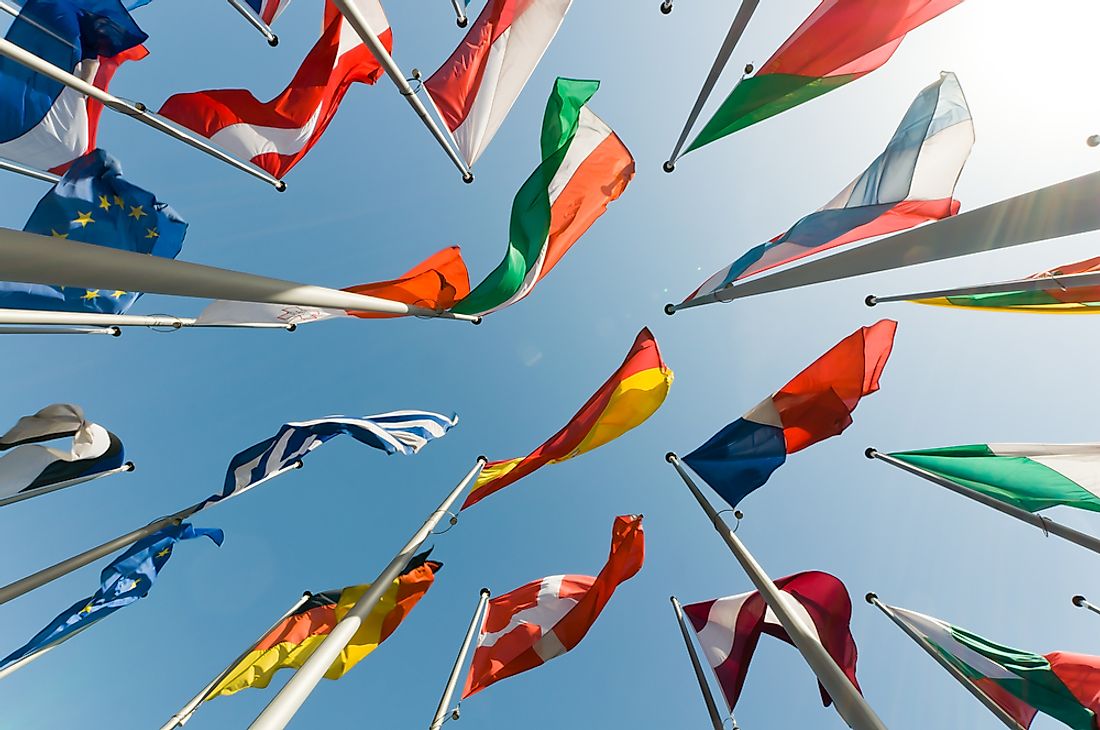
National flags were first used in the 17th century when modern states were created, although they have existed in various forms since antiquity. Before the 17th century, countries had flags for rulers. Flags represent an ideal or an idea. The national flag of a country is a symbol mostly used to recognize the country almost instantly. Most people can identify different countries by their flags especially during sporting events such as the Olympics and the World Cup. However, not all country's flags are unique, and sometimes confusion can arise when two or more flags look almost alike. Below are sets of flags that possess some degree of similarities.
10. El Salvador/Honduras
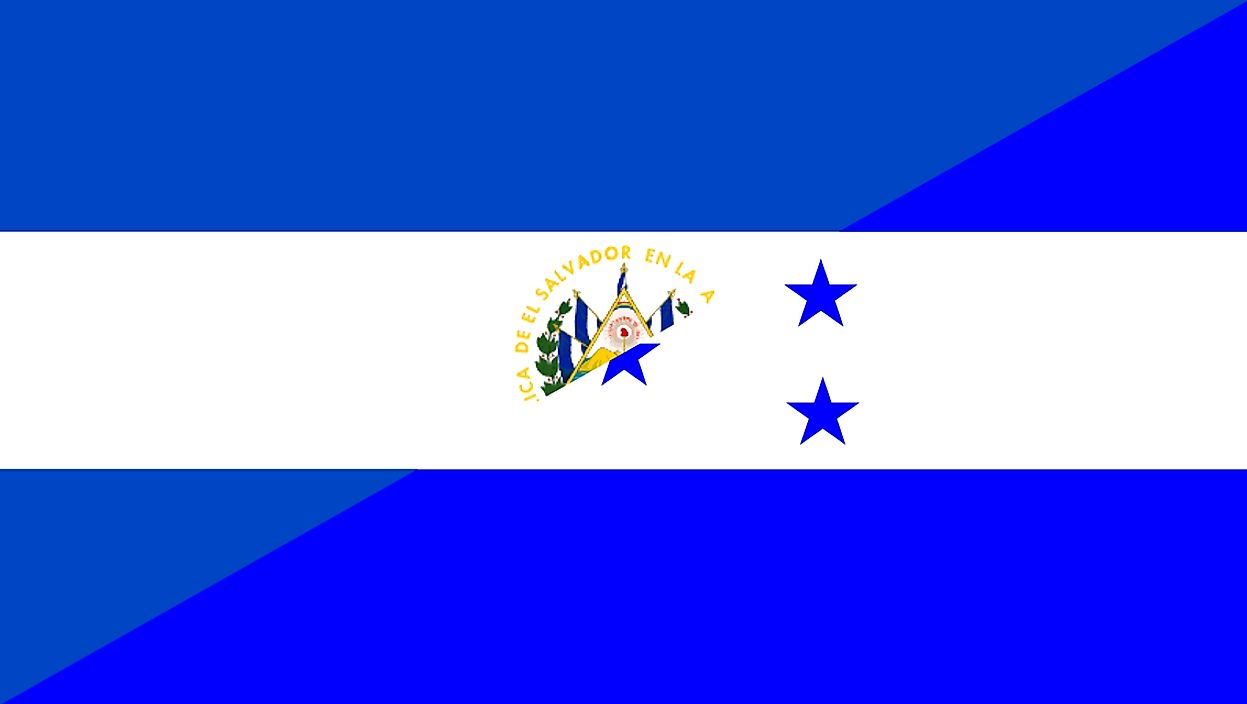
The flags of Honduras and El Salvador are almost identical to one another. The two countries have not only similar flags, but also a similar coat of arms. The reason for their similarity is that both nations were once united in the very short-lived "United Central American States". Both flags carry a lot of history in their development and design, all related to their independence. The flags comprise of three horizontal stripes of blue and white in the middle but differ from each other because of the symbol featured in the center of both flags specifically on the white stripe.
9. Bangladesh/Japan
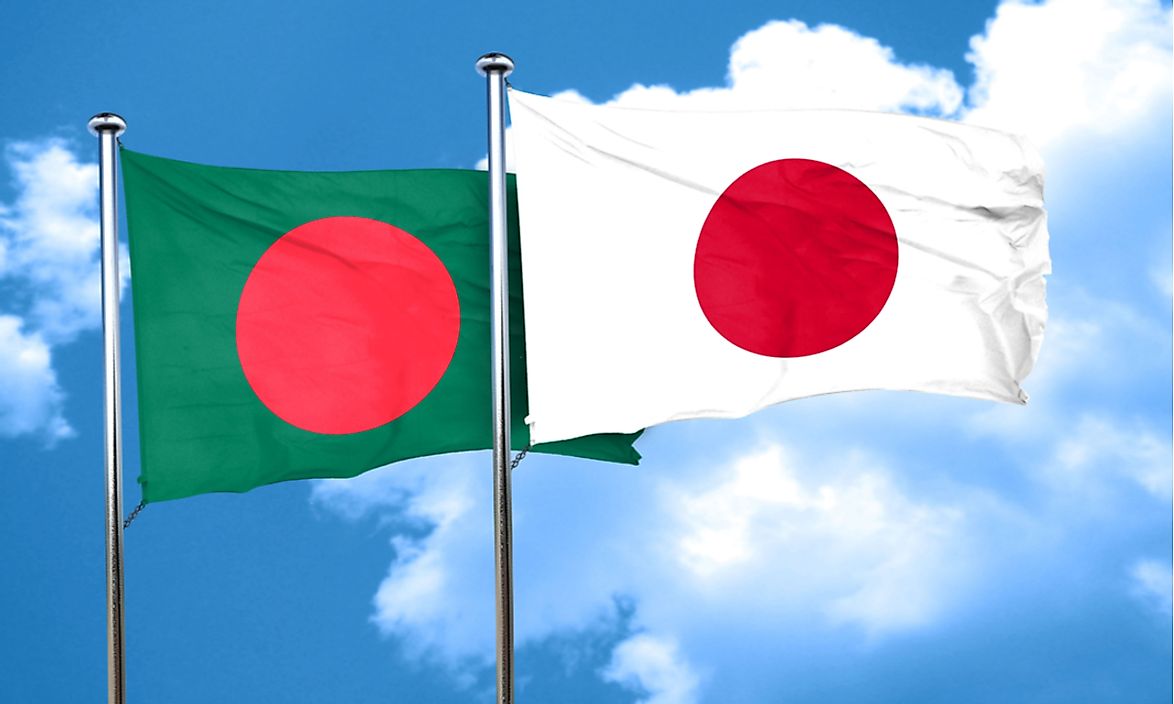
While there is no direct correlation between the flags of Japan and Bangladesh, there are indirect similarities. Both flags have a big red dot in the center of the flag, but the main difference is that the Japanese flag is a white rectangular flag whereas the flag of Bangladesh features a green field. While the red dot in the Bangladeshi flag symbolizes the new sun of independence after the country obtained its independence from Pakistan, the red dot in the Japanese flag symbolizes the rising since the country is known as the Land of Rising Sun.
8. India/Niger
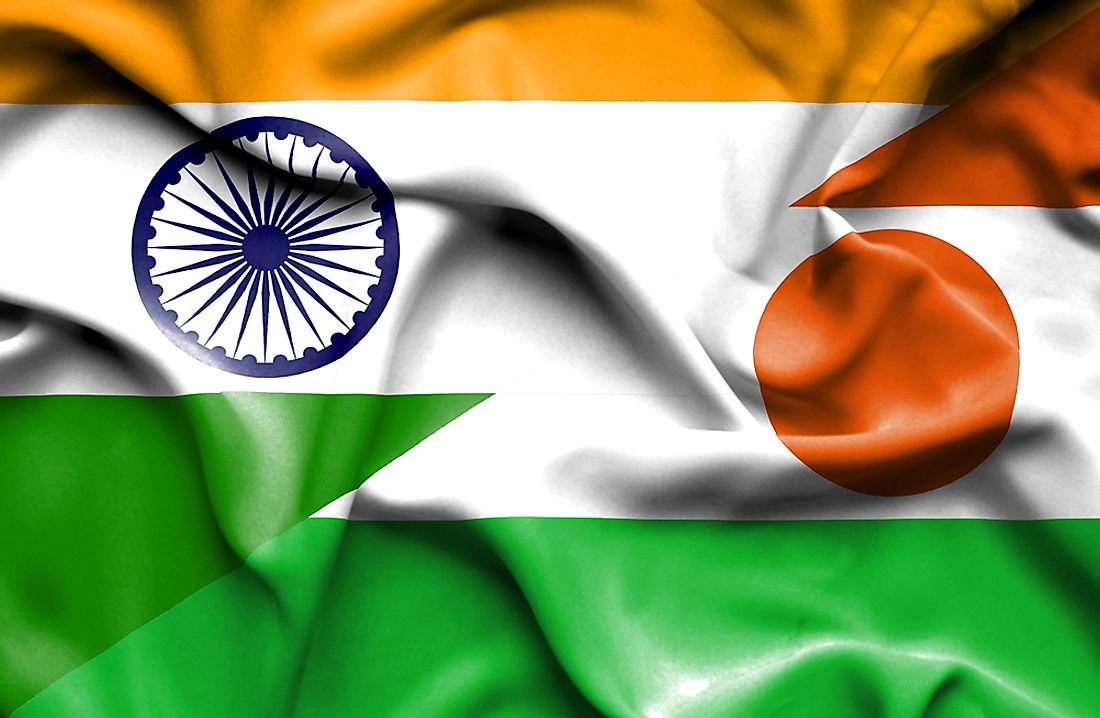
The flags of Niger and India consist of three horizontal bands of color which are orange, white, and green. Both flags also incorporate a circular symbol at the center of the flag. The significant difference between the two flags is that the symbol on the Indian flag features a navy blue Ashoka Chakra at the center whereas the symbol on the flag of Niger features an orange roundel. The Indian flag was adopted in 1947 in its current form whereas the flag for Niger was adopted in 1959 making their similarities coincidental.
7. Chad/Romania
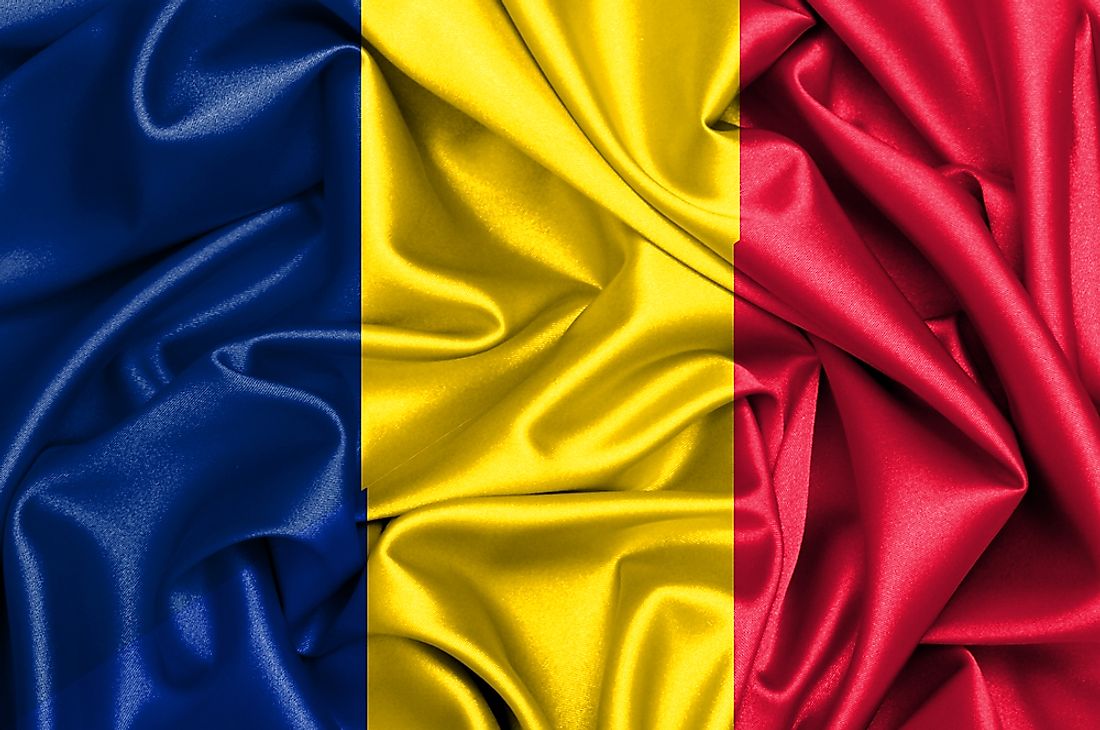
Out of all of the national flags in the world, none of them closely resemble each other like that of Chad and Romania. The size and design of these two flags are almost identical but can be distinguished by examining them carefully. A close look reveals that there is a slight difference between the shades of blue, yellow, and red on the flags' vertical stripes. Despite the similarities, the two flags come from different backgrounds. Following its independence from France, Chad's flag was first hoisted in the year 1959. Initially, the design of the flag closely resembled the flag of Mali which had a green stripe so the blue stripe was substituted in place of the green on Chad's flag. The flag of Romania dates back to 1861 but its earlier versions consisted of horizontal stripes.
6. Ivory Coast/Ireland
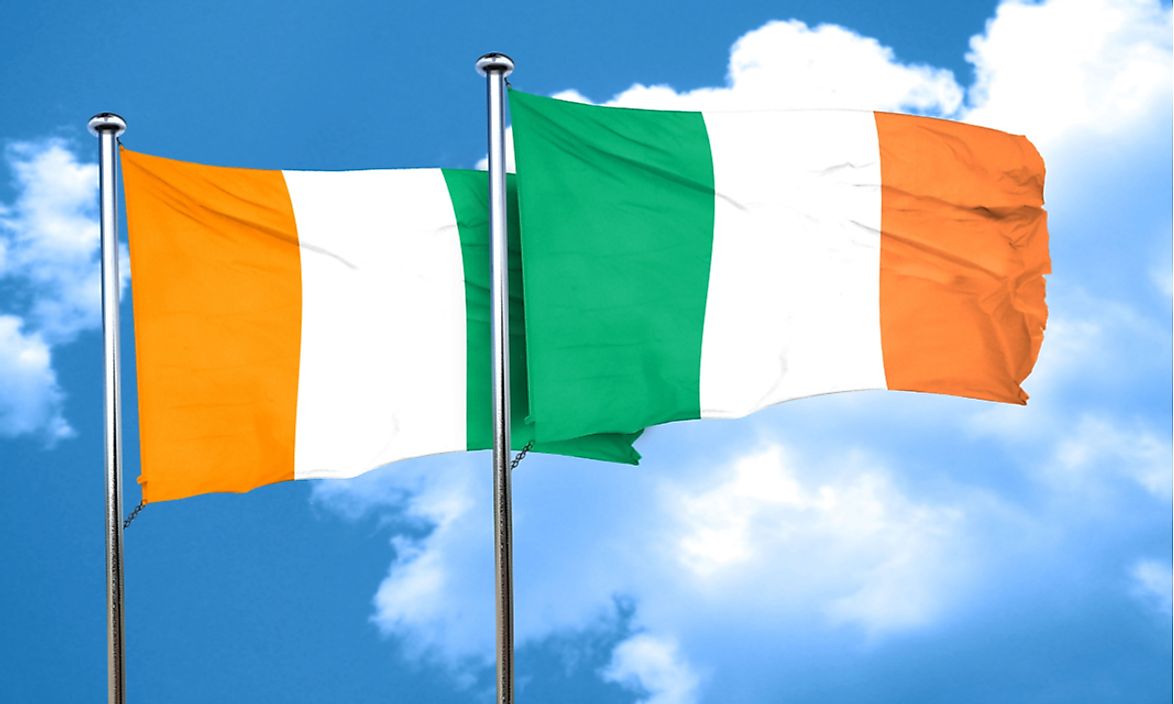
In regards to most flags that are similar in design and resemblance, the flags of Ivory Coast and Ireland are somewhat less alike. However, their shared design of orange, white, and green can be slightly confusing. The two flags can be distinguished by where their green or orange stripe is located. For example, the Irish flag features a green stripe on the part of the flag that is closest to the flagpole.
5. Australia/New Zealand
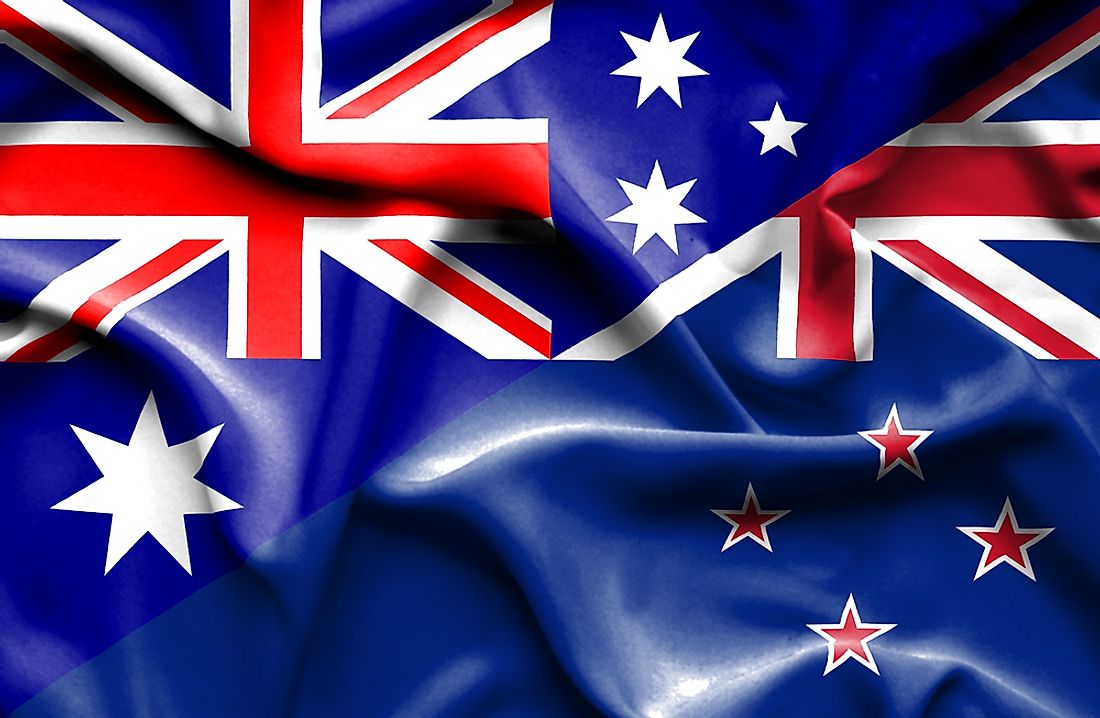
Based on the design of the British Blue Ensign, the flags of Australia and New Zealand are similar and both feature a blue field comprising of a Union Jack in the top inner corner. Both flags feature a depiction of the Southern Cross constellation. Despite their similarities, the flags of Australia and New Zealand also have several differences. For example, the Australian flag has five seven-pointed white stars while the flag of New Zealand has five-pointed stars that are red and white in color. The Australian flag also features an additional "commonwealth" star that is larger than the other five. The two flags have different shades of their blue and red colors. However, due to all the similarities, the citizens of New Zealand have put great consideration into changing their flag.
4. Colombia/Ecuador
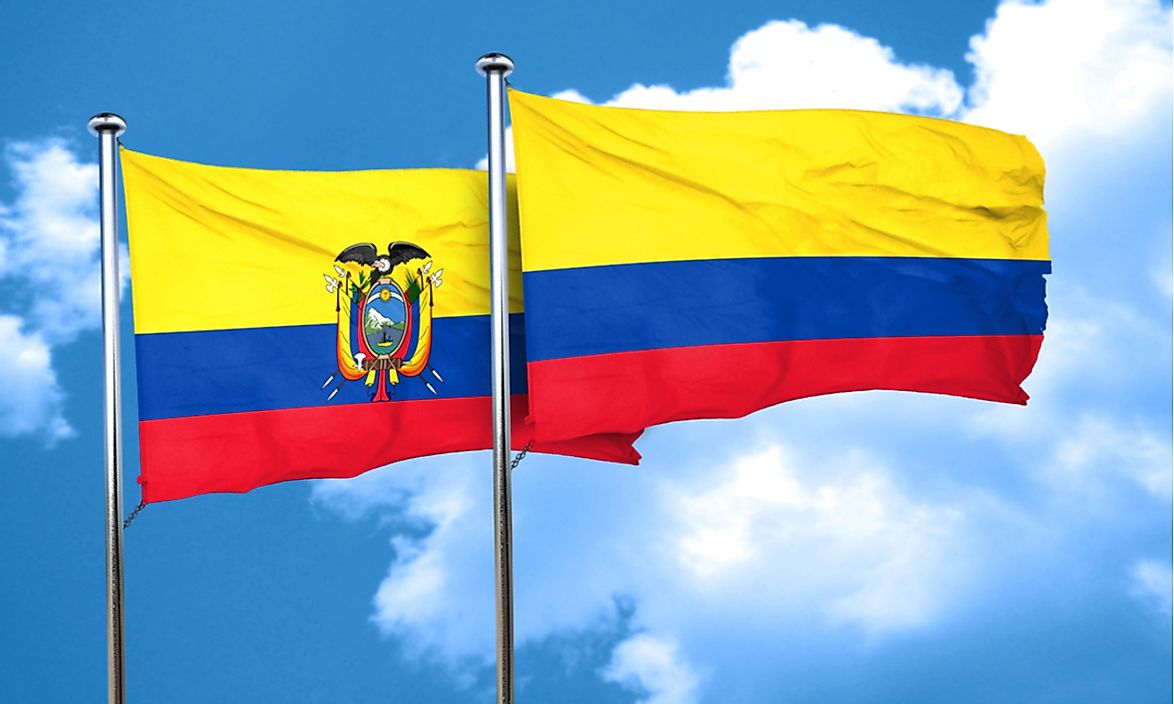
In 1822, the newly established state of Gran Colombia adopted a flag of unequal yellow, blue, and red stripes that are horizontal. However, the country dissolved in 1830 and its succeeding states of Ecuador and Colombia incorporated the flag's design into their own. Both flags retained the larger yellow stripe. However, the flag of Ecuador features a depiction of the country's coat of arms at the center whereas the Columbian flag has none.
3. Yemen/Syria
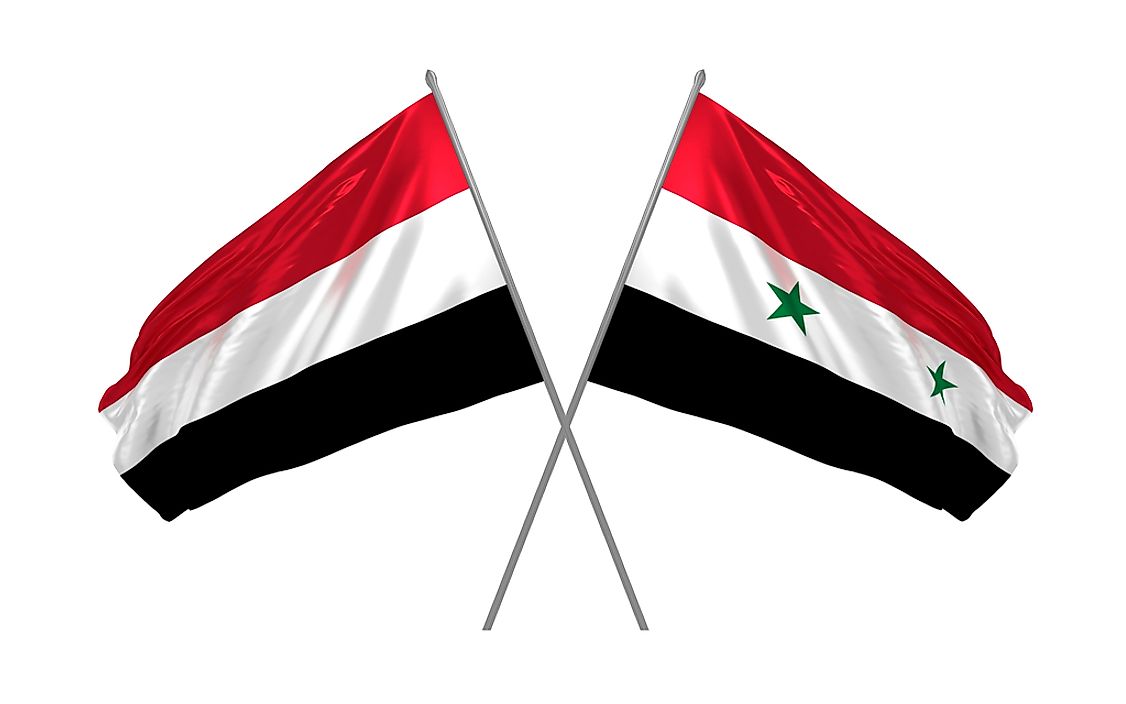
The flags of Yemen and Syria consist of a tricolor of red, white, and black bands with the color green less prominent. It is believed that the Arab Liberation Flag served as the inspiration for the flags of both countries. The one distinguishable difference between the two flags is that the Syrian flag features two small five-pointed stars that are green in color whereas the flag of Yemen has none.
2. Indonesia/Monaco
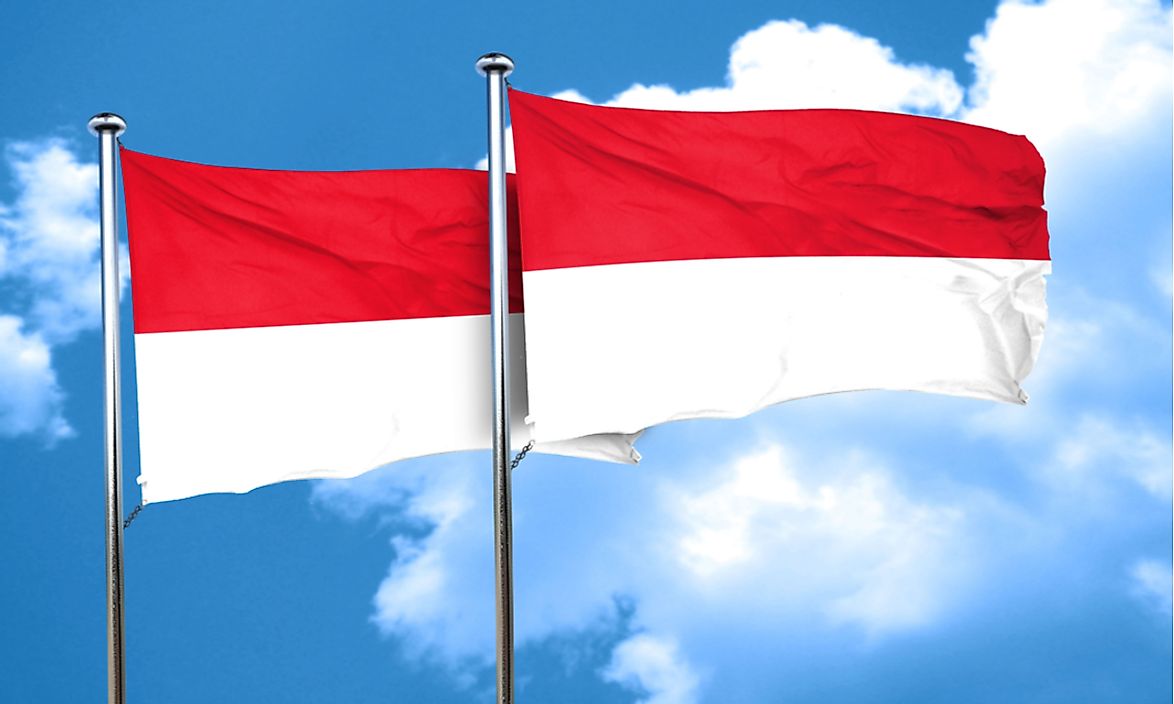
With two horizontal stripes of red over white, the two flags of Indonesia and Monaco are almost identical. However, the flag of Indonesia is longer. The history of both flags dates back hundreds of years. The flag of Monaco is based on the heraldic color found on the princely arms of the shield of Monegasque whereas the Indonesian flag is associated with the empire of Majapahit. Poland's flag is somewhat similar to the two, but its stripes are reversed having white over red.
1. Mexico/Italy
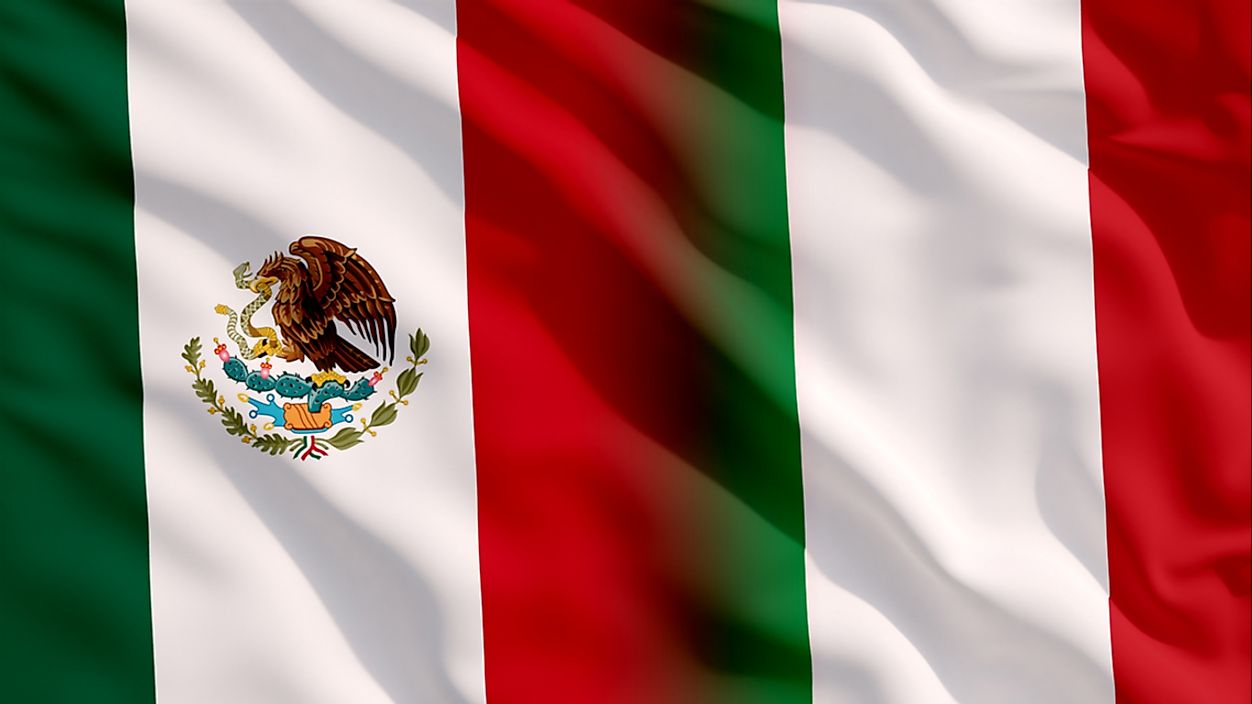
More often than not, people confuse or incorrectly use the flag of Italy as the base of construction for the flag of Mexico. The main reason for the confusion is that people assume that the only distinguishable bit between the two flags is the coat of arms featured on the Mexican flag. Although both flags use similar colors, the Mexican flag has darker shades of red and green. While the Italian flag is more square shaped, the Mexican flag has a longer shape.







